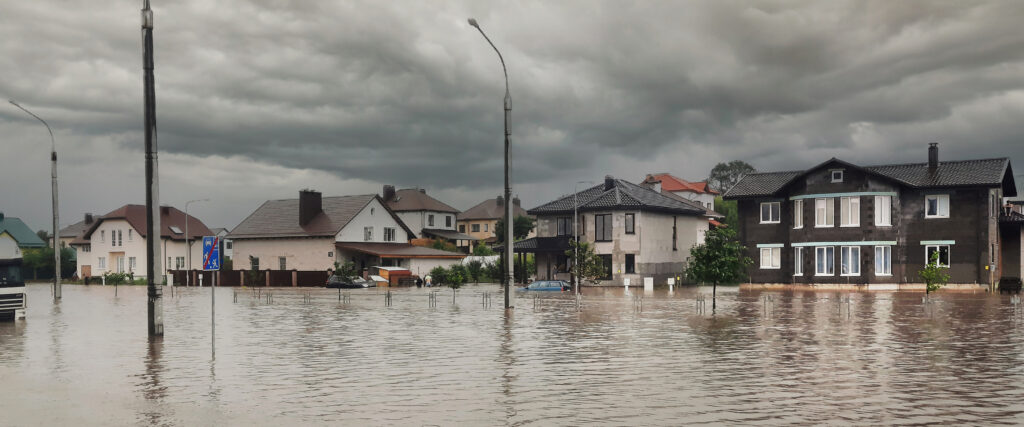
The Risks of Flash Floods After Forest Fires: A Property Insurance Perspective
Forest fires are among the most destructive natural disasters, causing widespread damage to homes, infrastructure, and ecosystems. However, the risks do not dissipate once the flames are out. One of the most insidious threats that emerge in the aftermath of a forest fire is the heightened risk of flash floods. For property owners, understanding this risk is crucial, as it can significantly impact insurance coverage and claims.
The Science Behind Flash Floods After Forest Fires
When a forest fire rages through an area, it not only consumes vegetation but also fundamentally alters the soil’s properties. The intense heat generated by the fire can cause the soil to become hydrophobic, meaning it repels water rather than absorbing it. This condition significantly increases the risk of flash floods, as water from rain or melting snow cannot penetrate the ground. Instead, it rapidly flows downhill, picking up debris, ash, and mud along the way, creating a dangerous and fast-moving flood.
In a normal, vegetated landscape, plants and trees absorb water, helping to regulate the flow of water during rainstorms. However, after a forest fire, the loss of this vegetation means there is nothing to slow down or absorb the rainwater. The combination of hydrophobic soil and a lack of vegetation can turn even a moderate rainfall into a severe flash flood.
The Impact on Property
The aftermath of a forest fire can leave properties vulnerable to flash floods in ways that many homeowners might not anticipate. Floodwater can inundate homes, causing significant structural damage, and can also carry debris that can further damage buildings and infrastructure. Even properties that were spared from the fire itself can be at risk, as flash floods can occur miles away from the burn area.
In addition to the physical damage caused by flash floods, there is also the risk of contamination. Floodwater can carry toxic materials from the burn area, including ash, chemicals from burned structures, and other hazardous debris. This can lead to costly clean-up efforts and potential health risks for residents returning to their homes.
Insurance Considerations
For property owners, it is essential to understand how flash floods after forest fires can impact their insurance coverage. Standard homeowners’ insurance policies typically do not cover flood damage, meaning that those in areas at risk of post-fire flash floods may need to purchase separate flood insurance through FEMA or independent markets. I’s important for homeowners to review their policies and understand what is and isn’t covered.
Flood policy coverage does not take effect immediately. It comes with a 30-day waiting period.
The 30-day waiting period for an NFIP federal flood insurance policy doesn’t apply if:
Your mortgage requires flood insurance
There’s been a wildfire near the area
Flood maps have changed
Changing an existing policy
Insurance companies also consider the increased risk of flash floods when assessing policies in areas affected by forest fires. Premiums may rise, and coverage may become more difficult to obtain for properties located in high-risk areas. In some cases, insurers may require additional mitigation efforts, such as installing barriers or improving drainage systems, to reduce the risk of flood damage.
Preparing for the Unexpected
The key to mitigating the risks associated with flash floods after forest fires is preparation. Property owners should assess their risk, review their insurance policies, and take proactive steps to protect their homes. This might include improving landscaping to promote better water absorption, installing flood barriers, or creating defensible space around the property to reduce the potential for damage.
In the wake of a forest fire, the dangers are far from over. Flash floods can strike with little warning, causing widespread damage and loss. By understanding the risks and ensuring proper insurance coverage, property owners can better protect themselves and their investments from the cascading effects of these natural disasters.
